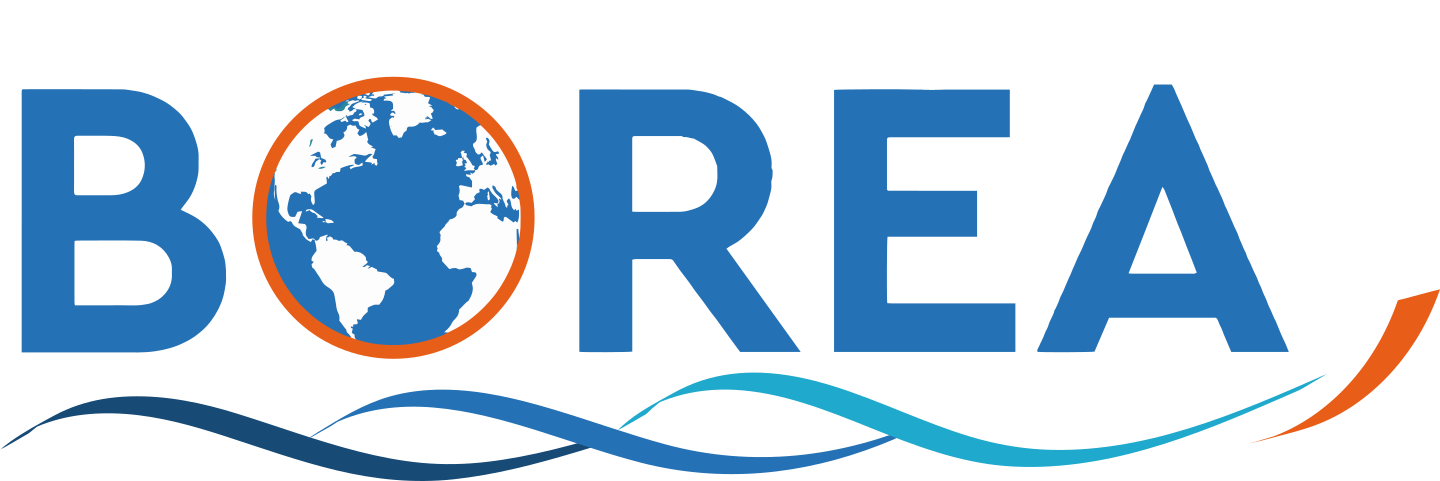Journal
<p>Abstract Meiofauna abundance, biomass and individual size were studied in mangrove sediments subjected to shrimp farm effluents in New Caledonia. Two strategies were developed: i) meiofauna examination during the active (AP) and the non-active (NAP) periods of the farm in five mangrove stands characteristics of the mangrove zonation along this coastline, ii) meiofauna examination every two months during one year in the stand the closest to the pond (i.e. Avicennia marina). Thirteen taxonomic groups of meiofauna were identified, with nematodes and copepods being the most abundant ones. Meiofauna abundance and biomass increased from the land side to the sea side of the mangrove probably as a result of the increased length of tidal immersion. Abundance of total meiofauna was not significantly different before and after the rearing period. However, the effluent-receiving mangrove presented twice the meiofauna abundance and biomass than the control one. Among rare taxa, mites appeared extremely sensitive to this perturbation.</p>

